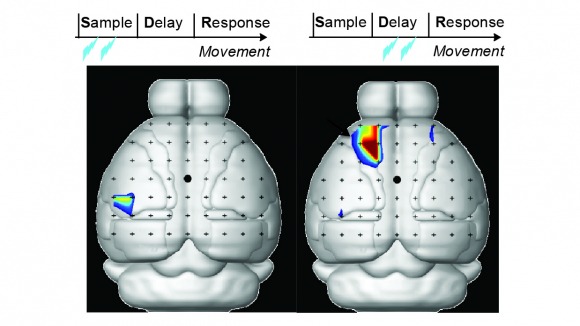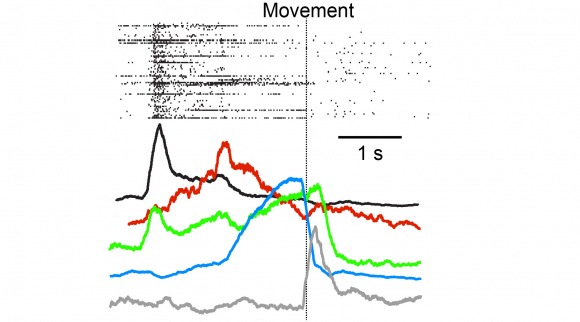The motor cortex plays roles in controlling movement. Forty years ago Tanji and Evarts recorded spikes from single neurons in a delayed movement task. They found neurons that are active just before and during movement, as expected for the control of movement. But other neurons anticipate specific movement, often seconds before movement onset, reflecting movement planning. This preparatory activity is most prevalent in the premotor cortex. We have discovered a mouse analog of premotor cortex (anterior lateral motor cortex, ALM), which contains numerous neurons showing preparatory activity. We are using extracellular electrophysiology, membrane potential measurements, imaging of large neuronal populations and synapses, circuit mapping and optogenetics to address the following questions:
How does sensory activity drive movement planning in ALM? Answers to this question will be central to the mechanisms of decision making.
How does preparatory activity flow through ALM circuits to produce movements? Answers to this question will reveal how a movement plan is converted to a movement command.
How is persistent activity during movement planning generated and maintained? Answers to this question will reveal mechanisms underlying short-term memory urgency in the brain.
How do ALM circuits respond to perturbations? Answers to this question will reveal the operational principles underlying ALM circuits. Much of this work is in collaboration with the Druckman lab.


